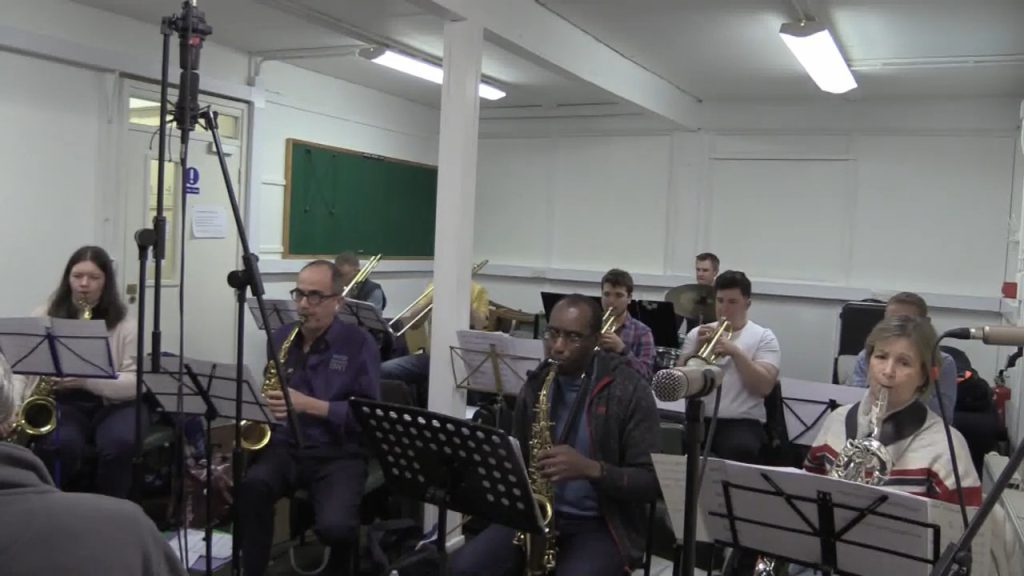The large ensemble format
Duration: 1 – 1.5 hours
Aim: to introduce the concept of playing in a medium to large ensemble setting and to address some of the demands that this scale places on the abilities and musicianship of the players; particularly the disciplines of sectional playing.

In the context of this workshop, we are talking about a particular kind of ensemble; namely one that consists of a rhythm section and a number of horns (collective term for Brass and woodwind instruments). Although the format we allude to here may resemble that of a ‘big band’ (or indeed a small big band) – circa the format established during the Swing era of the 1930’s to mid 40’s, we are not restricted to Swing or indeed any particular style of music.
The aim is to demonstrate the versatility/musical flexibility of such a format and to introduce many different stylistic influences through the arrangements looked at; and to consider what musicanship skills and knowledge are required to perform in them. With this format, there is less scope for improvisation with the exception of solos and the freedoms that are still afforded the rhythm section. This format is characterised by a greater reliance upon carefully constructed arrangements.
In this workshop, we will refer to a number of charts that have suitable arrangements with the above points in mind. These charts will already be known to the tutors so they can speak with authority about them. The arrangements may range from rhythm section and 3 horns to 13 horns; depending on what level of audience support we receive.
Before looking at each chart, we will start by playing a recording through the PA so that everyone in the room can hear it. Then we will highlight particular sections of the chart with a view to possibly playing through said sections. This may be a big ask for audience participation and so tutors may have to demonstrate parts themselves in order to illustrate points being made etc.
Students will need to see the parts or a given part with respect to each scores. This will either take the form of a print off handed out; an original template or the website accessed via tablet/phone…or possibly, a USB projector can project tutor’s laptop screen onto a projector screen for all to see. Whilst the latter option is an attractive one, this seems unlikely to happen.
So…reference will be made to selected sections of selected scores. Below I have assembled a list of some charts but others within the DGG/DGK repertoire could be used. Certainly there is a practical aspect to all of this and there is at least some scope for the audience to participate.
However, another aspect of this workshop that we should cover is to discuss and illustrate the role of each instrument and things that are pertinent to each instrument. So, I can imagine the horn leaders taking it into turn to discuss their instrument and the role of each player in the section. I can imagine them talking about and going through some of the things that would happen at sectionals: warm ups, exercises, reading exercises and so on. Equally the rhythm section tutors should be able to present their perspective too, both generally and with respect to the scores below.
At this point, each tutor would have to hold the court on their own. With 7 tutors each presenting their own perspective – perhaps lasting 5 minutes each…that is 35 minutes.
It could be that each tutor can decide what score or scores they wish to look at sections of. We don’t necessarily need to agree to refer to the same scores in the DGG/DGK catalogue.
link to 7 piece scores
Starsky and Hutch (9 piece)
Chu Cho (17 piece)
One O Clock Jump (17 piece)
Azulito (17 piece)
But Beautiful (17 piece)
The Shadow of your Smile (17 piece)
Peter Gunn (17 piece)
link to DGK backing tracks
note: choice of scores referred to will be restricted to current DGG/DGK repertoire. However, these pieces should be agreed upon in advance. Beyond the above choices, please state if you have any preferences and the reasons for your choice…
